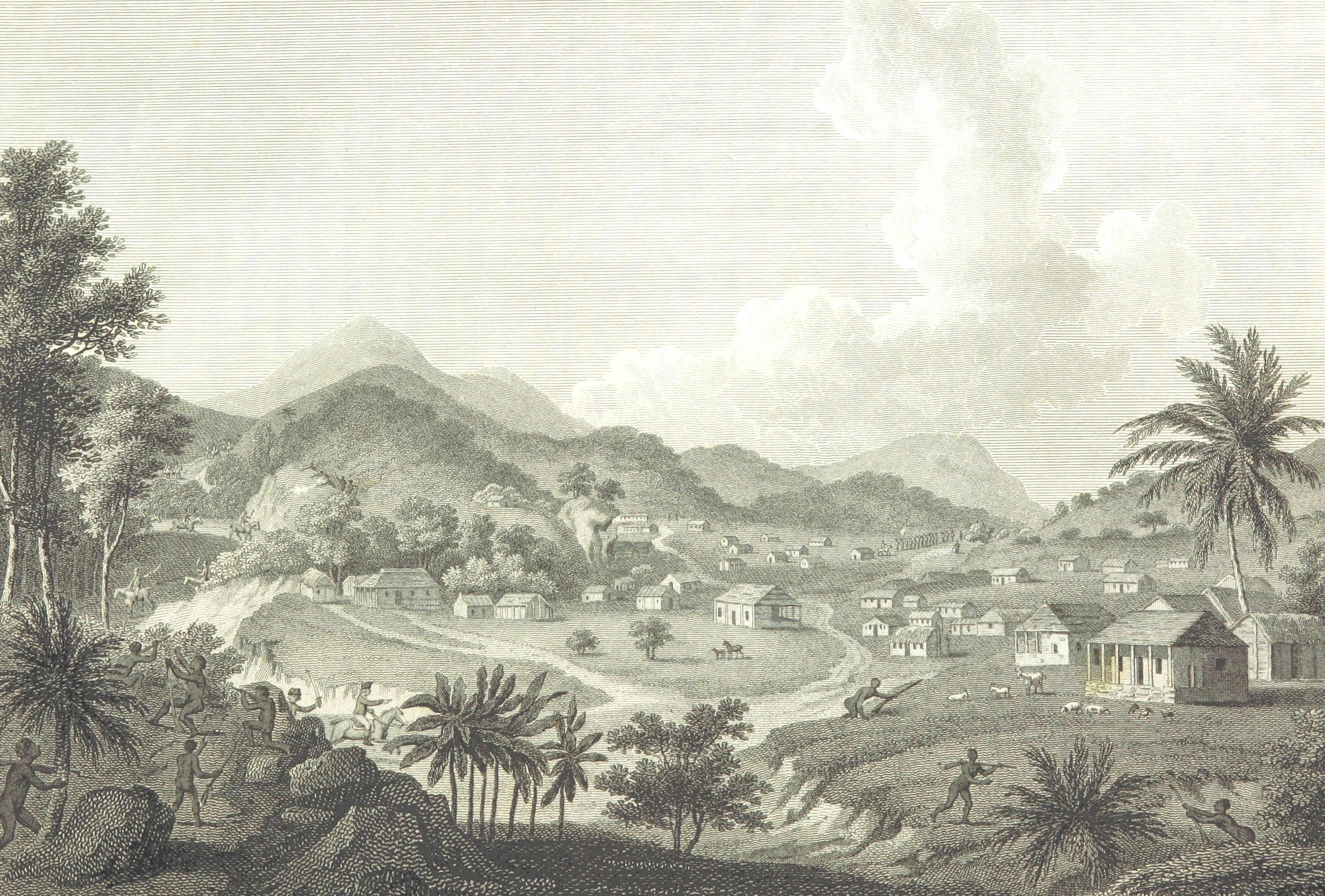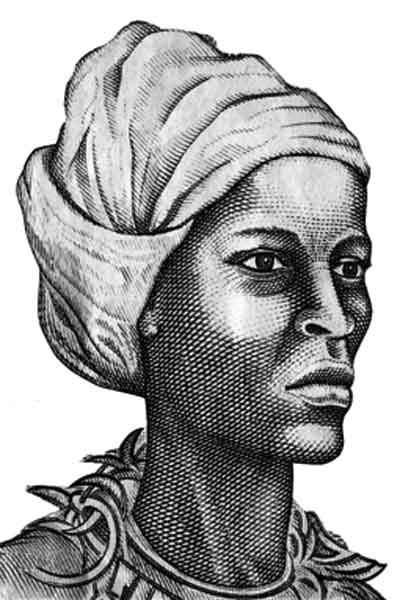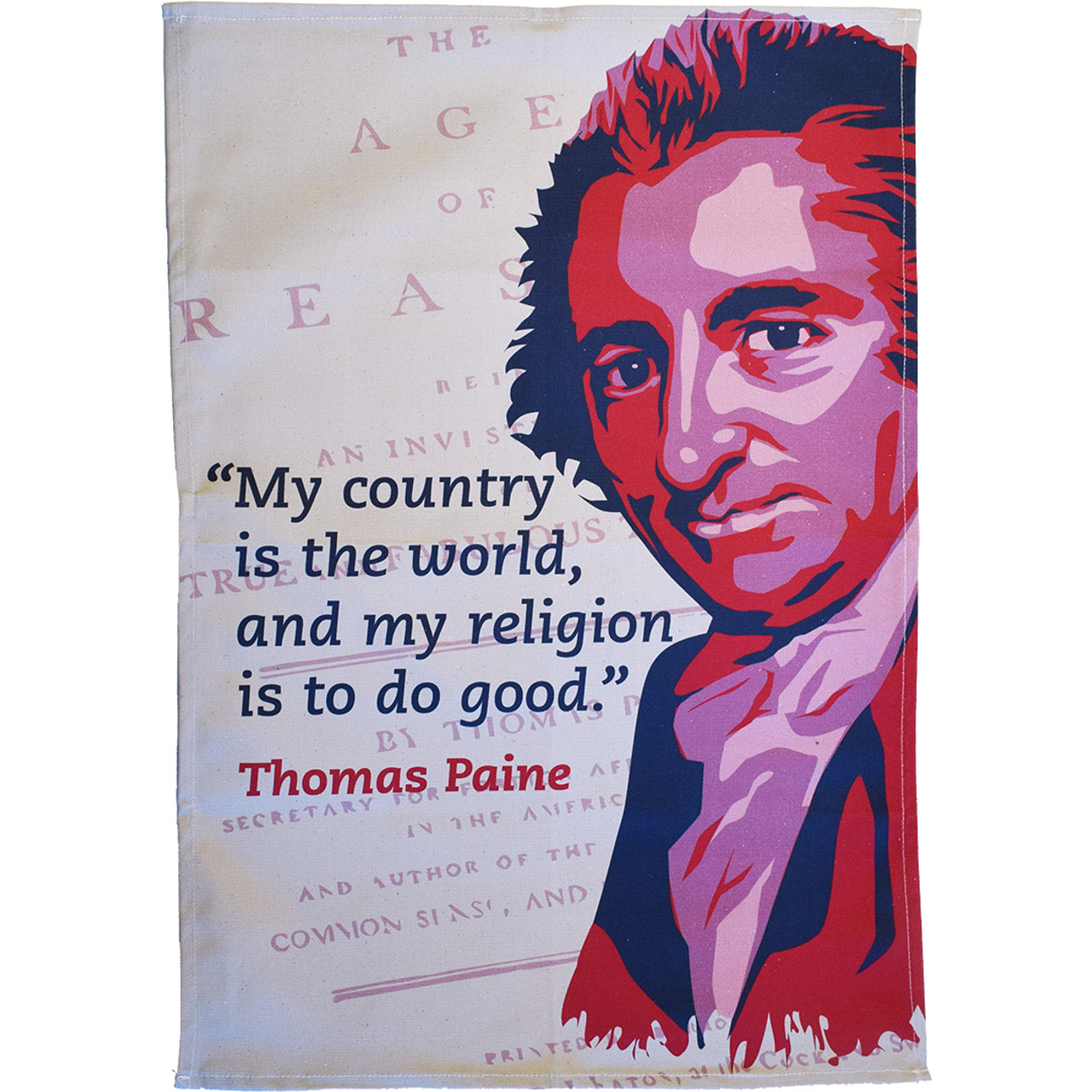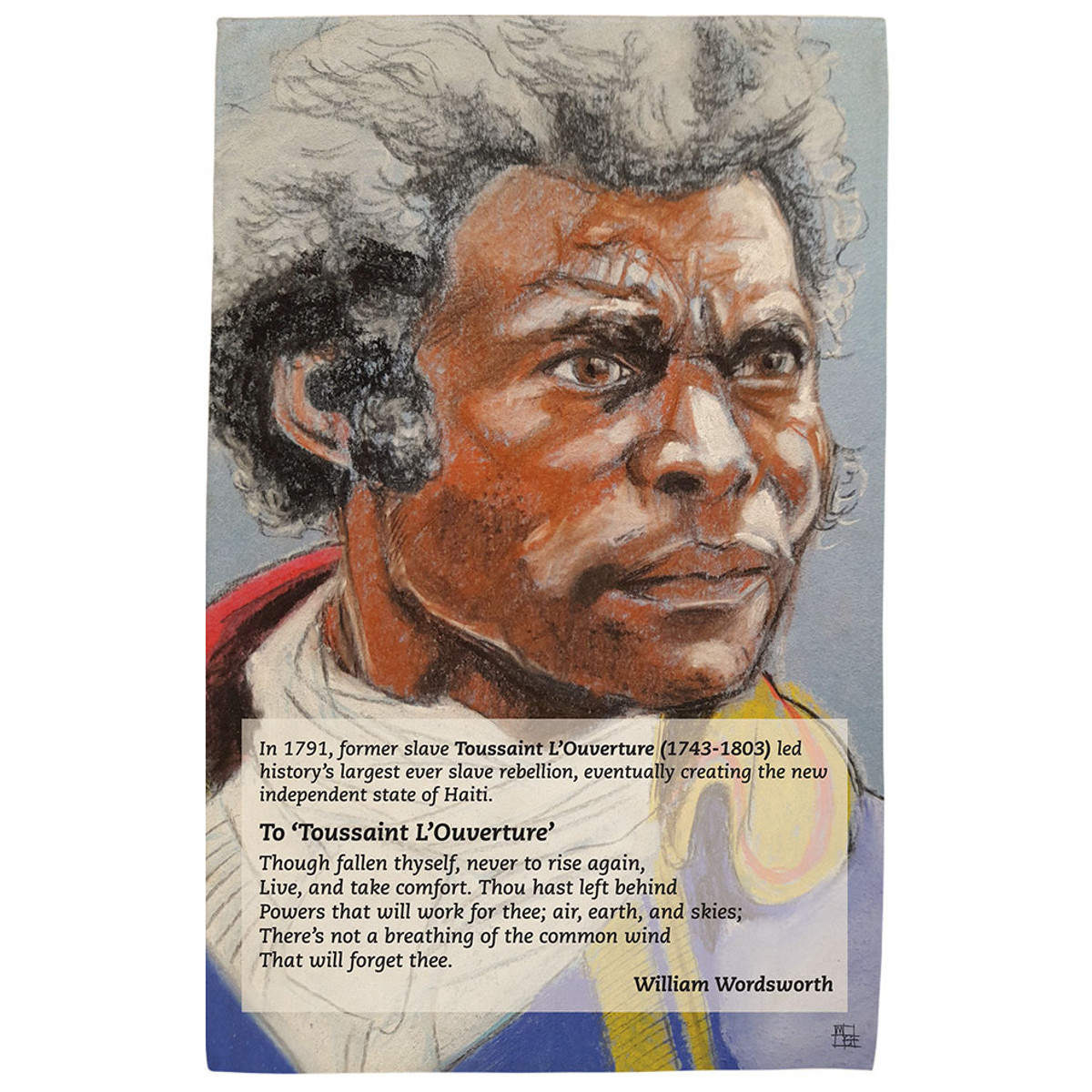Nanny of the Maroons: From Freedom Fighter to National Hero
Posted by Pete on 20th Apr 2024

In eighteenth century Jamaica, Queen Nanny led liberated slaves in a guerrilla war against the British Empire
Resistance can take many forms. In eighteenth-century Jamaica, for enslaved Africans, resistance meant the ‘Maroons.’
Across the colony, ruled by Spain and then – from 1655 onwards – by England, Africans fled the horrific world of the plantation and took to the hills.
Together, they formed villages in the interior, from where they waged a guerrilla war on the colonisers, destroying plantations and liberating more enslaved people.
These were the Jamaican Maroons, and their leader was a skilled and courageous African woman called Queen Nanny – Nanny of the Maroons.
The story of eighteenth century radicalism is often dominated by the likes of Thomas Paine and the American Revolutionaries, but this was a time of anti-colonial resistance across the world
See the Thomas Paine tea towel
The sources often disagree about Nanny’s background, but one common story is that she was the daughter of a prince from the Ashanti Kingdom in west Africa, abducted by European slavers.
Another version claims that Nanny was born in Jamaica itself, in the Blue Mountains where her rebellion later thrived.
Two groups of Maroons – the Windward Maroons in eastern Jamaica and the Leeward Maroons in western Jamaica – had become a powerful force, dominating the interior of the colony by the late seventeenth century.
The rebels in Jamaica were far from the only enslaved people to develop this form of resistance in the Black Atlantic.
In places such as Cuba and Brazil too, marronage became a widespread method by which slaves effectively undermined slavery, and liberated themselves.
The Jamaican Maroons had various political and military leaders, and Nanny emerged as a leader of the Windward Maroons during the early eighteenth century.

Freedom fighter, military strategist, and leader of the Windward Maroons: Queen Nanny is now a National Hero in Jamaica
Their current enemy was the British empire, which used political violence and terror to guarantee the economic power of white slave-owners in Jamaica.
Under Oliver Cromwell’s government, England had conquered Jamaica from Spain – but the difference between European colonisers was meaningless to the Maroons.
All of the European powers supported black slavery while they competed over the profits from that barbaric institution.
Led by Nanny, the Windward Maroons waged a guerrilla war against the British from the Blue Mountains of inland Jamaica.
Until the mid-eighteenth century, the Maroons were key players in a series of slave rebellions across Jamaica.
They launched lightning attacks against plantations, destroying the physical infrastructure of British slavery and liberating thousands of enslaved people in the process.
Nanny’s Maroons also built a new community in the mountains, founding modern-day Moore Town.
The town developed sustainable agriculture and a system of trade with nearby settlements, drawing on the social models of west Africa.
Faced with the unhinged violence of British colonialism, Nanny’s troops created innovative new military tactics as they waged an increasingly successful guerrilla war.
Decoys and forest camouflage were used to ambush imperial troops, and long-range communications were created by the use of the ‘abeng’ – a type of cow horn.
The British couldn’t keep up – the Maroons were winning.
Inspired by Queen Nanny's example, Toussaint L'Ouverture led history's largest ever slave rebellion in Haiti
See the Toussaint L'Ouverture tea towel
So, in 1739, the British made peace with the Leeward Maroons. And a year later, on this day in 1740, they made peace with Nanny of the Maroons, too.
The treaties were a mixed bag in terms of black liberation in Jamaica.
Acknowledging the military power of the Maroons, the British recognised their legal freedom and that of their descendants, and made land grants to the Maroon communities in order for them to survive and develop economically.
However, in return, the Maroons agreed to stop raiding plantations and, instead, to switch sides to police and capture escaped slaves on behalf of the British Crown.
The Maroons had agreed to exchange the freedom of all for the freedom of some. The British were playing the classic colonial trick of divide-and-rule, and it worked.
But the fact remained that the British had been fought to a standstill by Nanny’s Maroons and the other black rebel groups across the island.
The effective resistance of the Maroons became an enduring symbol of antislavery in Jamaica and the wider Caribbean.
In the later eighteenth century, Toussaint L’Ouverture, the leader of the
Haitian Revolution, was inspired by Nanny’s Maroons:
"…in Jamaica there are in the mountains Blacks who have forced the English to make treaties with them. Well, I am black like them. I know how to make war."
And in Jamaica itself, the Maroons have become a key part of a much longer black freedom struggle, including the Morant Bay Rebellion of the 1860s and the Black Power radicalism of the twentieth century.
Slavery was always, from the beginning, resisted by the enslaved. And the victories, however limited, were victories for human freedom.


